Author:Baby & Adult Diaper Materials FROM:Diaper Materials Manufacturer TIME:2023-09-11
Exploring New Applications of Sanitary Pad Material in Diaper Industry
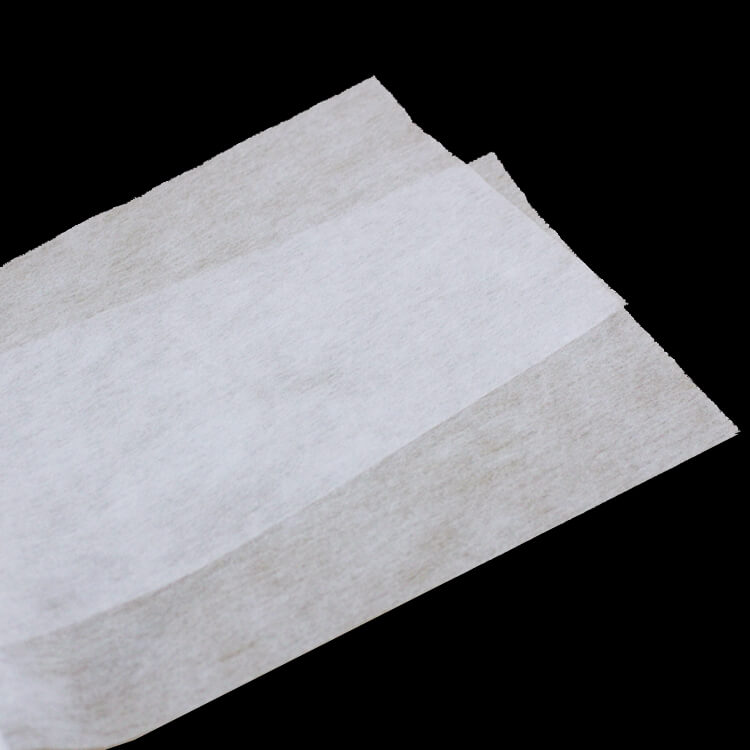
The diaper industry has undergone significant advancements over the years. Manufacturers continuously strive to improve the comfort, absorption, and overall performance of diapers. One area of interest is exploring new applications of sanitary pad material in the diaper manufacturing process. Sanitary pads possess superior absorption qualities due to their unique composition. This article aims to delve into the potential benefits and challenges of incorporating sanitary pad material into diapers, revolutionizing the industry.
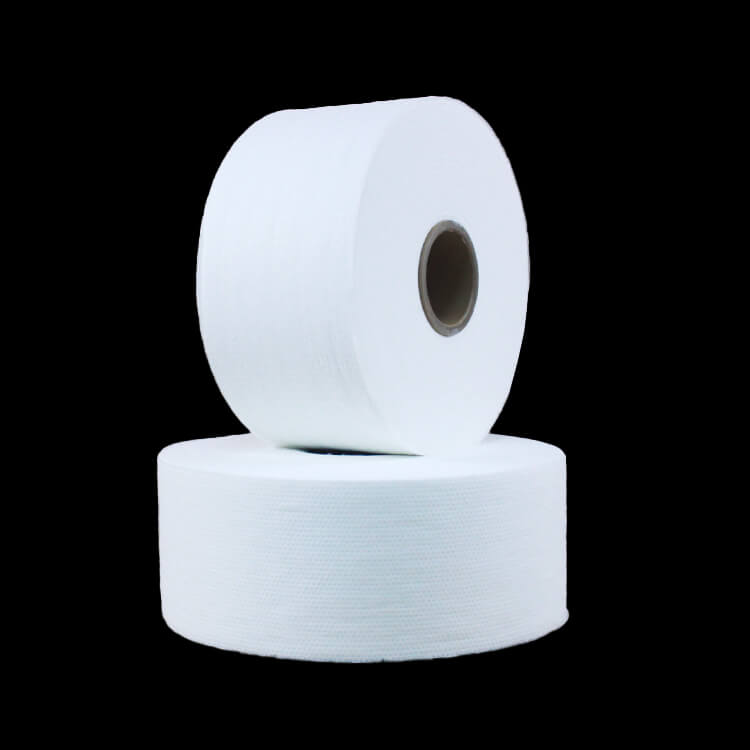
The primary advantage of integrating sanitary pad material into diapers lies in its exceptional absorption capabilities. Sanitary pads are specifically designed to handle heavy menstrual flow effectively. The superabsorbent polymers (SAPs) used in these pads can hold large volumes of liquid. By incorporating this material into diapers, manufacturers can significantly enhance the absorption capacity, providing a dry and comfortable experience for babies. Additionally, the use of SAPs can reduce leakage issues, ensuring that both parents and infants are satisfied with the diaper's performance.
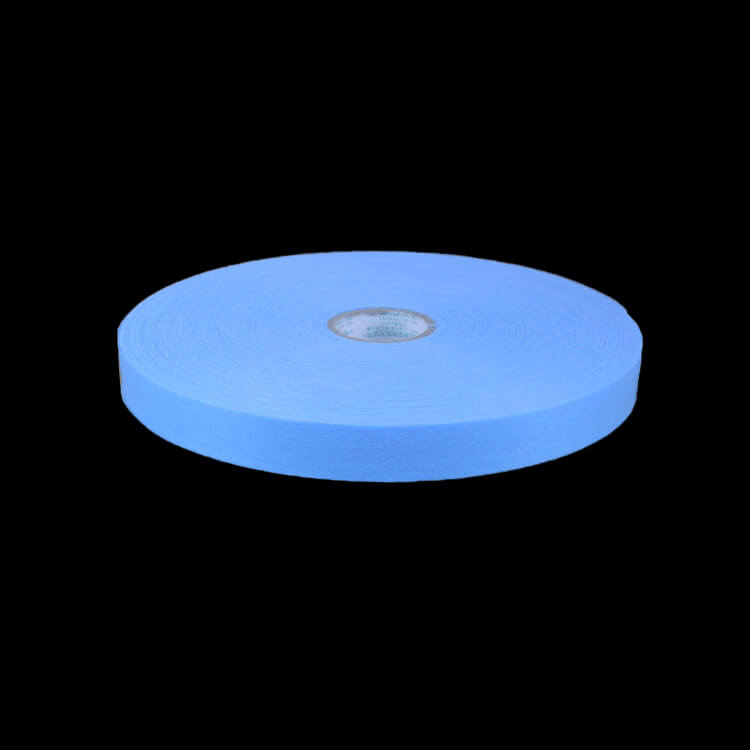
Another aspect worth considering is the potential improvement in comfort and hygiene offered by sanitary pad materials in diapers. Sanitary pads are designed to be soft against the skin, providing a gentle touch even during heavy usage. By utilizing this material in diapers, manufacturers can ensure that babies' delicate skin remains irritation-free. Moreover, the superior moisture-wicking properties of sanitary pad materials can help maintain a dry environment, preventing diaper rash and discomfort. Enhanced comfort and hygiene create a positive experience for both infants and parents, making these innovative diapers highly desirable.
While the incorporation of sanitary pad material in diapers offers numerous advantages, there are challenges to overcome. One such challenge is the cost factor. Sanitary pad materials can be expensive, potentially driving up the production costs for diapers. Manufacturers need to find cost-effective solutions to ensure the affordability of these advanced diapers without compromising on quality. Additionally, extensive research and development activities are required to assess the long-term effects of using sanitary pad materials in diapers. This includes evaluating the biodegradability and environmental impact of these products.
Despite the challenges, the future prospects of exploring new applications of sanitary pad material in the diaper industry are promising. With continued technological advancements, it is possible to develop innovative manufacturing processes that minimize costs while maximizing the benefits of incorporating sanitary pad materials into diapers. Moreover, consumer demand for eco-friendly and sustainable products is growing. If manufacturers can address the environmental concerns associated with these materials, they can tap into a market segment that values both performance and sustainability.
The exploration of new applications of sanitary pad material in the diaper industry holds immense potential. By leveraging the exceptional absorption qualities, enhanced comfort, and improved hygiene offered by sanitary pad materials, manufacturers can revolutionize the diaper market. However, overcoming challenges related to cost and environmental impact is crucial for the long-term success of these innovative diapers. With proper research, development, and consumer education, the integration of sanitary pad materials into diapers can meet the needs of both parents and their babies, setting a new standard for excellence in the industry.
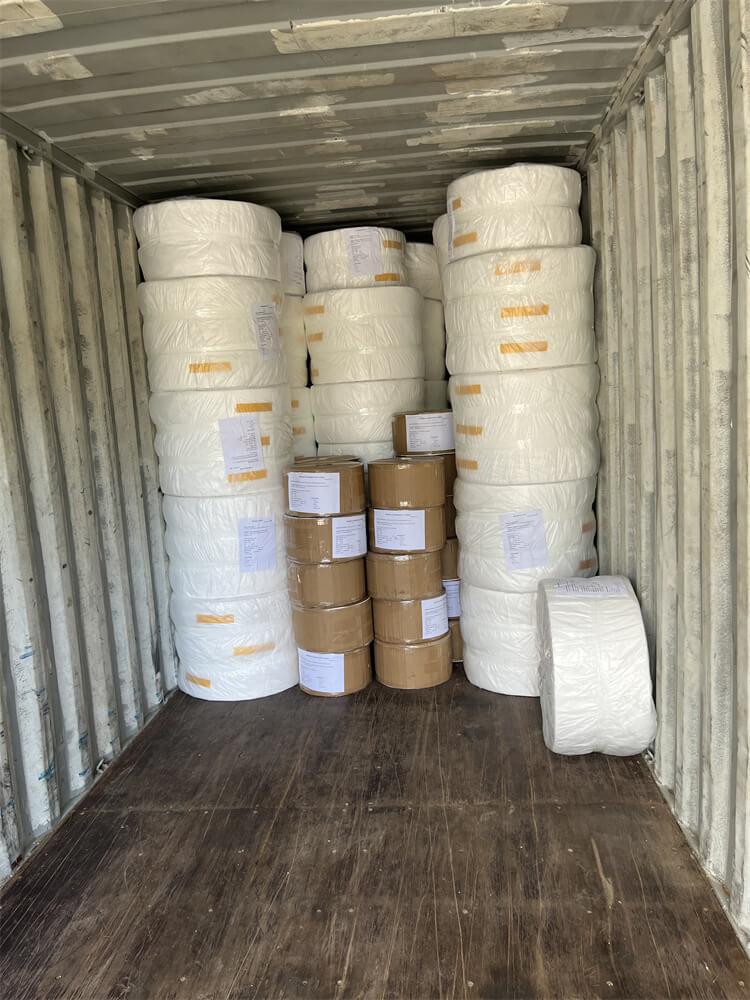
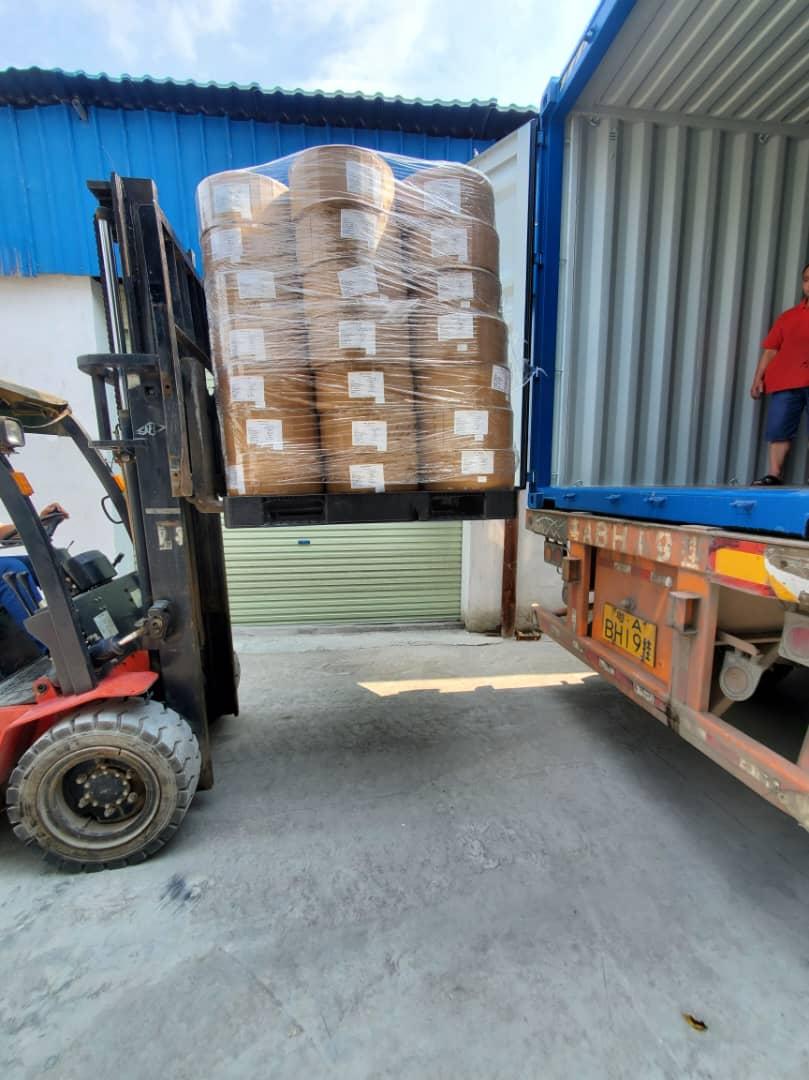

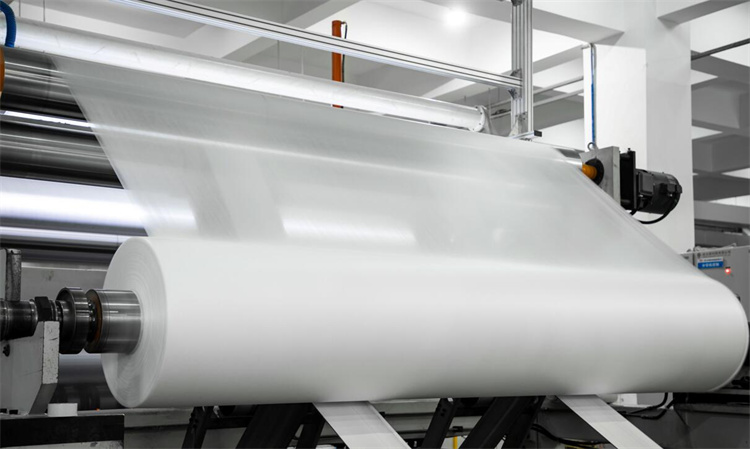

 Email: info@whldiapernonwoven.com
Email: info@whldiapernonwoven.com
 MP/WhatsApp: +86-13599937366
MP/WhatsApp: +86-13599937366
 Manufacturer Address:Room 1105B, Bld M1, Manhattan, Yulongwan, Shimao, Shuanglong Road, Meiling Street, Jinjiang, Fujian, China
Manufacturer Address:Room 1105B, Bld M1, Manhattan, Yulongwan, Shimao, Shuanglong Road, Meiling Street, Jinjiang, Fujian, China